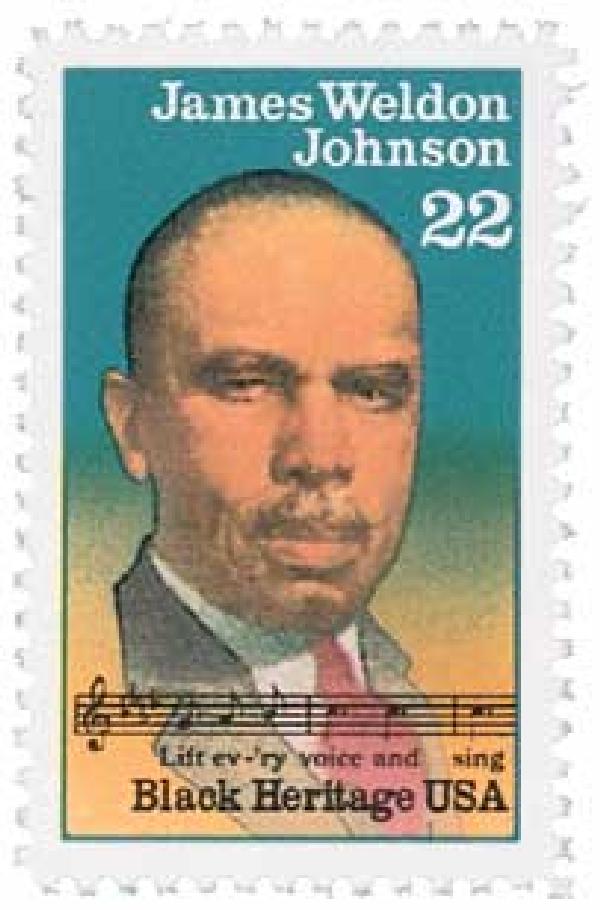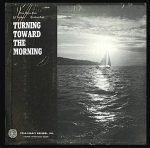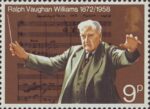![[U.S. Flag]](https://riverhouses.org/wp-content/uploads/2023/06/us-flag-emoji.png) Next Saturday (June 14th) is Flag Day, the anniversary of the date in 1777 when Congress adopted the Stars & Stripes as the national flag of the newly independent United States. And that means our homeschool poem-of-the-week for this second week of June is the classic American poem “Defence of Fort M’Henry.” Don’t recognize it by that name? That’s because it’s much better known as “The Star-Spangled Banner,” by Francis Scott Key (1779–1843).
Next Saturday (June 14th) is Flag Day, the anniversary of the date in 1777 when Congress adopted the Stars & Stripes as the national flag of the newly independent United States. And that means our homeschool poem-of-the-week for this second week of June is the classic American poem “Defence of Fort M’Henry.” Don’t recognize it by that name? That’s because it’s much better known as “The Star-Spangled Banner,” by Francis Scott Key (1779–1843).
Defence of Fort M’Henry
O! say can you see, by the dawn’s early light,
What so proudly we hail’d at the twilight’s last gleaming,
Whose broad stripes and bright stars through the perilous fight,
O’er the ramparts we watch’d, were so gallantly streaming?
And the rockets’ red glare, the bombs bursting in air,
Gave proof through the night that our flag was still there —
O! say, does that star-spangled banner yet wave
O’er the land of the free, and the home of the brave?On the shore, dimly seen through the mists of the deep,
Where the foe’s haughty host in dread silence reposes,
What is that which the breeze o’er the towering steep,
As it fitfully blows, half conceals, half discloses?
Now it catches the gleam of the morning’s first beam,
In full glory reflected now shines on the stream —
’Tis the star-spangled banner, O! long may it wave
O’er the land of the free, and the home of the brave.And where is that band who so vauntingly swore
That the havock of war and the battle’s confusion
A home and a country should leave us no more?
Their blood has wash’d out their foul foot-steps’ pollution,
No refuge could save the hireling and slave,
From the terror of flight or the gloom of the grave;
And the star-spangled banner in triumph doth wave
O’er the land of the free, and the home of the brave.O! thus be it ever when freemen shall stand
Between their lov’d home, and the war’s desolation,
Blest with vict’ry and peace, may the heav’n-rescued land
Praise the power that hath made and preserv’d us a nation!
Then conquer we must, when our cause it is just,
And this be our motto — “In God is our trust!”
And the star-spangled banner in triumph shall wave
O’er the land of the free, and the home of the brave.
![[Francis Scott Key Stamp 1948]](https://riverhouses.org/wp-content/uploads/2023/08/stamp-francis-scott-key-1948-300x194.jpg)
In September of 1814, Key was meeting with British naval officers on board a ship in Chesapeake Bay when the British began an artillery assault on Fort McHenry, the principal American defensive point at the entrance to Baltimore harbor. Key was detained by the British for the duration of the attack so he wouldn’t be able to reveal any intelligence he had acquired about their plans, and he was thus left powerless with nothing to do but watch as his country’s fort was bombarded all through September 13th and overnight into the 14th. But as the sun rose on the 14th, by the dawn’s early light, he saw through a spyglass that the fort’s American defenders had survived the artillery bombardment with their flag still flying.
Key’s published poem commemorating the event, initially titled “Defence of Fort M’Henry,” was paired with a popular British club song of the day, “To Anacreon in Heaven,” and together they became known as “The Star-Spangled Banner” — and the rest is American musical history.
You can see the real Star-Spangled Banner — the actual flag that flew that morning over Fort McHenry — at the Smithsonian Institution’s National Museum of American History. That’s a field trip you should certainly try to take at some point during your homeschooling years.
![[Star-Spangled Banner]](https://media.npr.org/assets/img/2014/06/27/smithsonian-ssb-exhibit-family_wide-7bfa9ea817048875ea08b63f7d89371464f24c37-s6-c30.jpg)
What wonderful words will you find and what musico-literary discoveries will you and your students be making in your homeschool this Hercules Term? 😊
❡ Gallantly streaming: If a special line or turn of phrase happens to strike you in one of our weekly poems, just copy it onto your homeschool bulletin board for a few days and invite your students to speak it aloud — that’s all it takes to begin a new poetical friendship and learn a few lovely words that will stay with you for life. 🇺🇸
❡ Explore more: You can find a quick history of the national anthem (and all four of its verses) in your River Houses almanac. 📚
❡ Wave–brave: The National Anthem is a poem, so what is its rhyme scheme? Can your students work it out? In the first stanza we have: light–gleaming–fight–streaming air–there wave–brave. I’d make that ABAB CC DD. How about the second stanza? It has: deep–reposes–steep–discloses beam–stream wave–brave. Exactly the same pattern; and so also the third and fourth stanzas. And did you notice Key’s very clever stanza-endings? Each one finishes with the same two rhyming words: wave–brave. The whole poem is a precisely fitted piece of literary labor. ✒️
❡ Come, here’s the map: Baltimore, Maryland, appears on plate 43 in your recommended homeschool atlas. The map will give your students a real sense of how far up into Chesapeake Bay the British navy had penetrated during the War of 1812. 🗺
❡ This is a printable lesson: Down at the bottom of this post you’ll find a custom “Print” button that will let you create a neat and easy-to-read copy of this little lesson, and it will even let you resize or delete elements that you may not want or need (such as images or footnotes). Give it a try today! 🖨
❡ Here, said the year: This post is one of our regular homeschool poems-of-the-week. Print your own River Houses Poetry Calendar to follow along with us as we visit fifty of our favorite friends over the course of the year, and add your name to our River Houses mailing list to get posts like these delivered right to your mailbox every week. 📫
❡ Homeschool calendars: We have a whole collection of free, printable, educational homeschool calendars and planners available on our main River Houses calendar page. They will help you create a light and easy structure for your homeschool year. Give them a try today! 🗓
❡ Support our work: If you enjoy our educational materials, please support us by starting your regular Amazon shopping from our very own homeschool teaching supplies page. When you click through from our page, any purchase you make earns us a small commission at no extra cost to you. Thank you for helping us to keep going and growing! 🛒
❡ Join us! The aim of the River Houses project is to create a network of friendly local homeschool support groups — local chapters that we call “Houses.” Our first at-large chapter, Headwaters House, is now forming and is open to homeschoolers everywhere. Find out how to become one of our founding members on the Headwaters House membership page. 🏡




